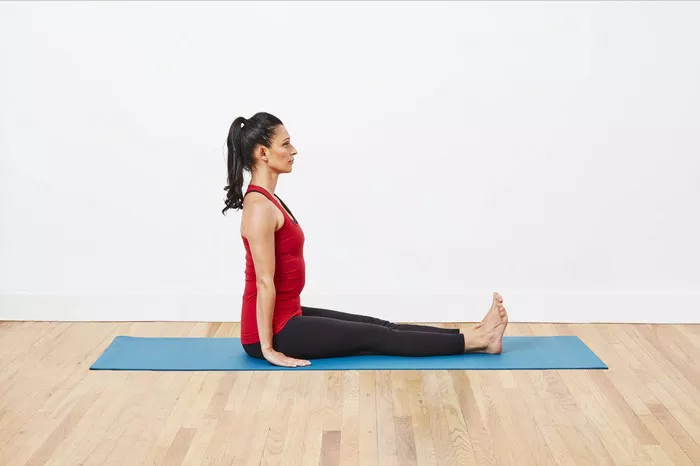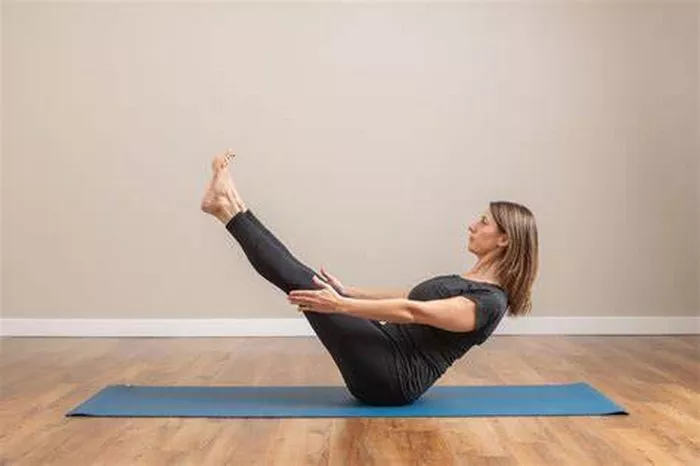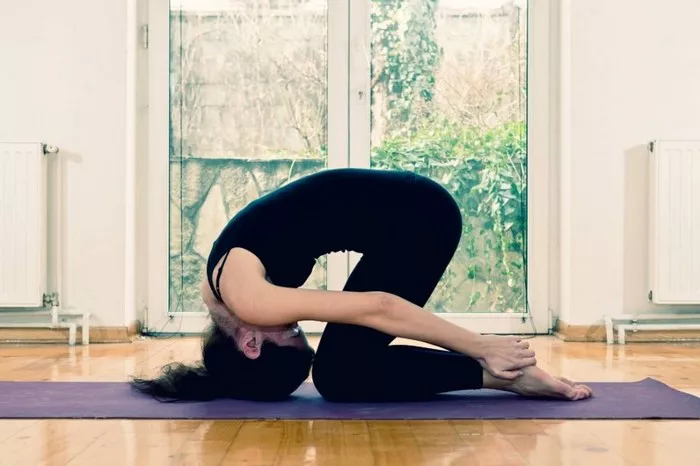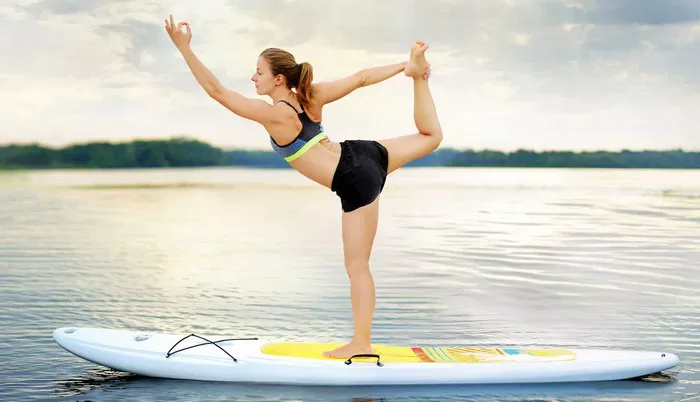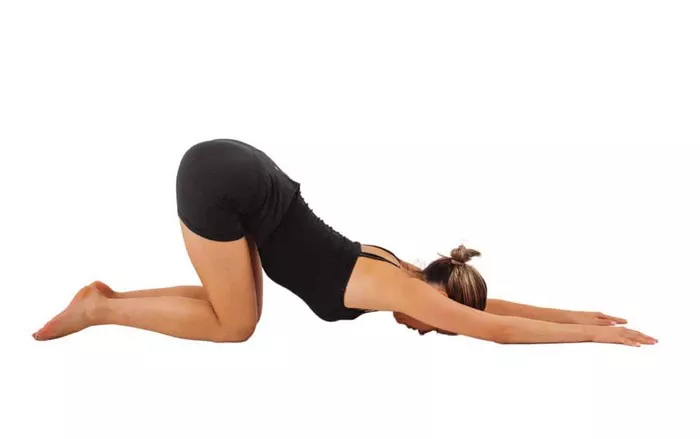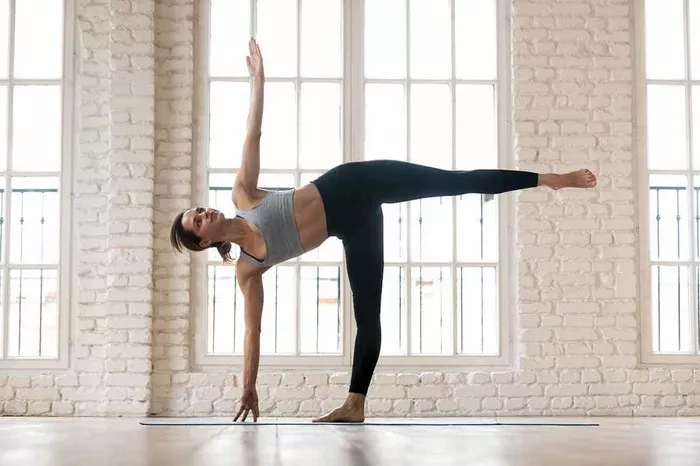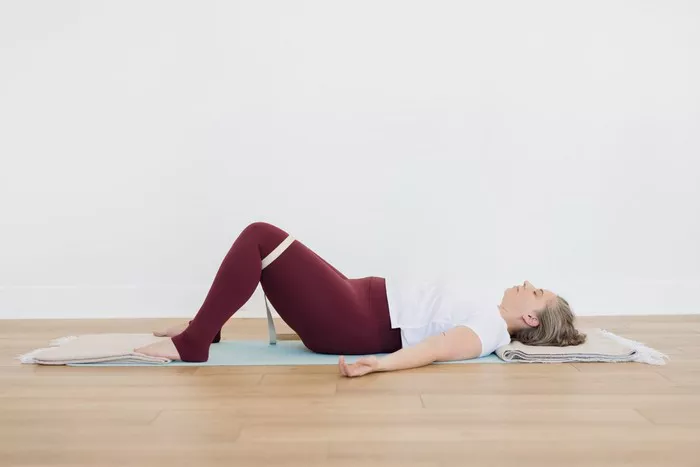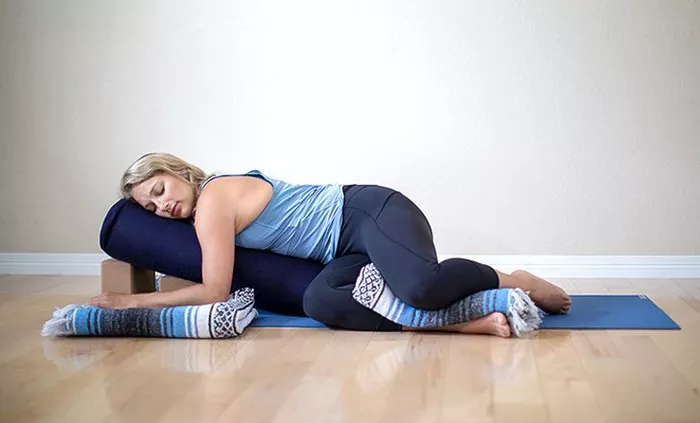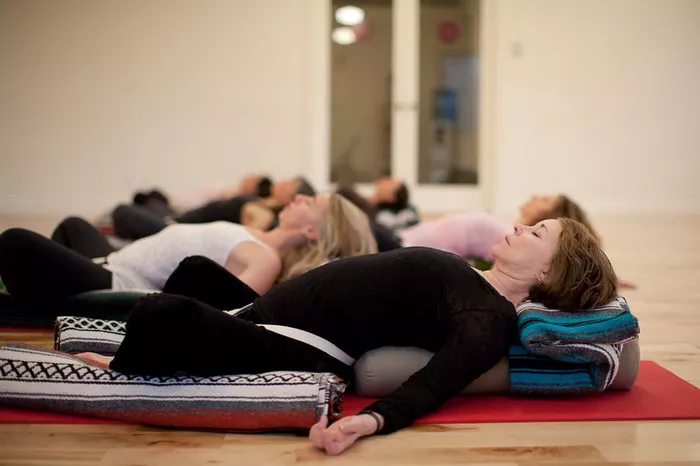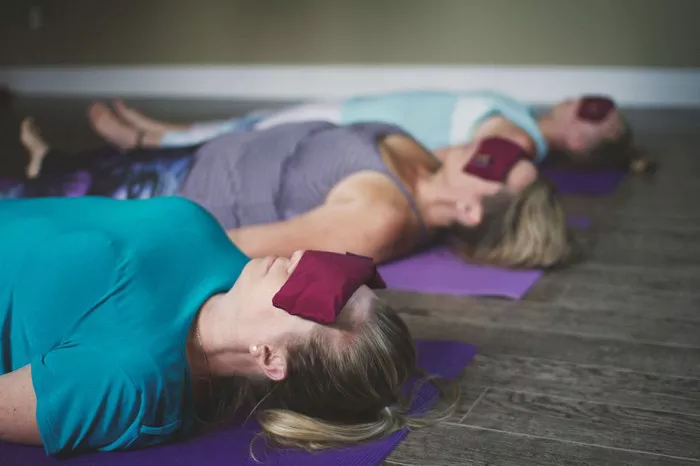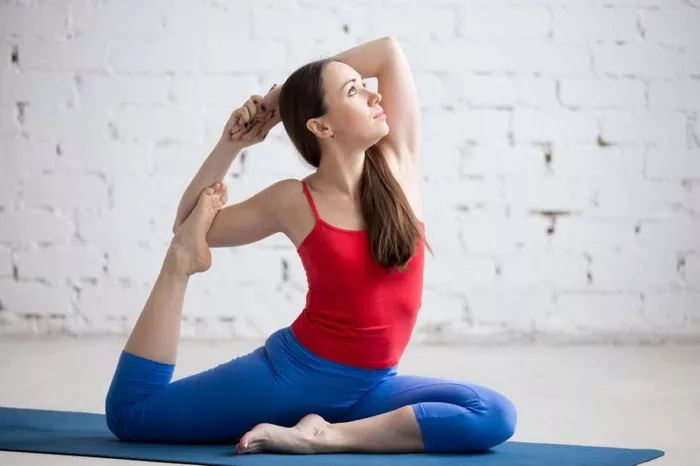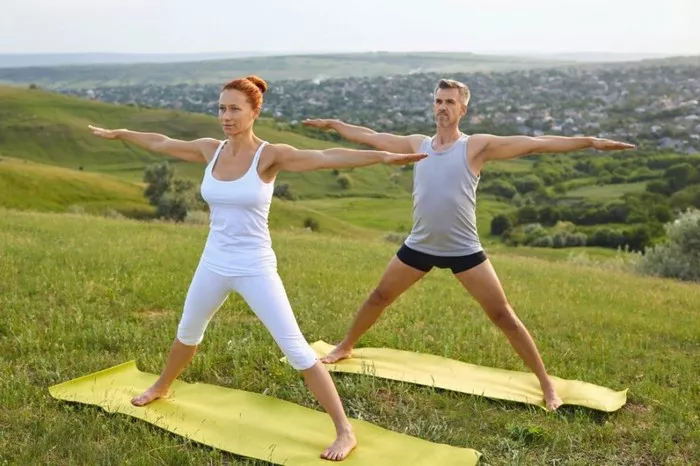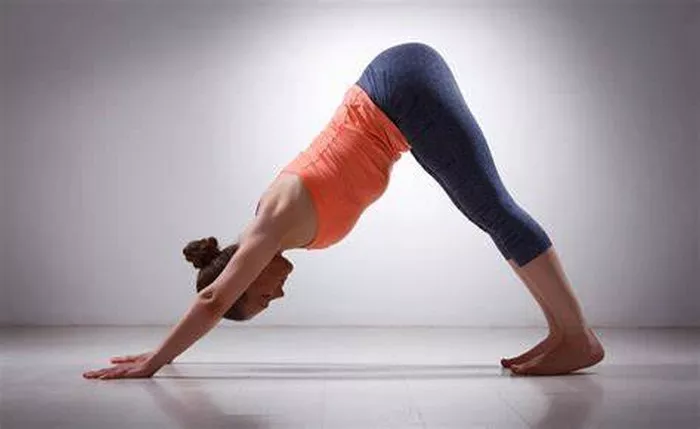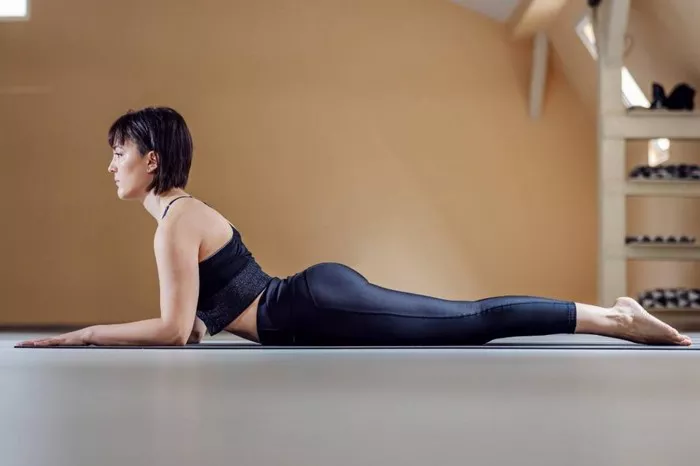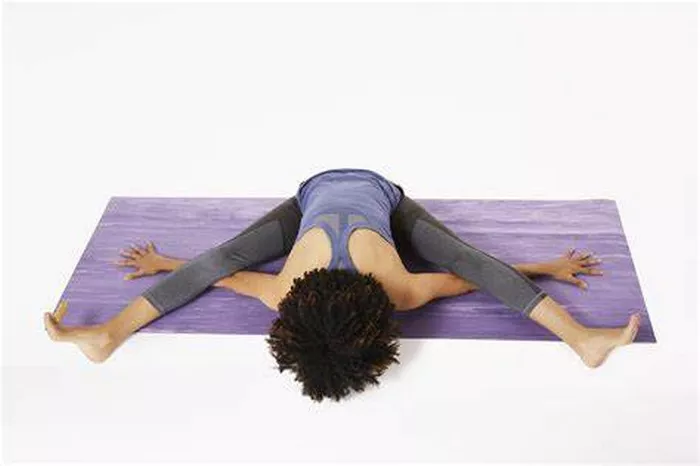Yoga balls, also known as stability balls or exercise balls, are versatile tools used in physical therapy, fitness training, and yoga practices. Their effectiveness, however, depends significantly on how properly they are inflated. One common question that arises among both beginners and experienced users is: How tight should a yoga ball be? This article delves into this topic with a detailed and accessible approach, offering insights on how to gauge the correct tightness and the implications of under- or over-inflation.
1. Understanding the Purpose of a Yoga Ball
Before assessing how tight a yoga ball should be, it’s essential to understand its primary functions:
- Core Strengthening: Yoga balls challenge your balance, engaging deep abdominal muscles.
- Posture Improvement: When used correctly, they encourage spinal alignment.
- Flexibility and Mobility: Stretching and mobility exercises benefit from the dynamic support of a yoga ball.
- Rehabilitation: Physical therapists use yoga balls for gentle strengthening and range-of-motion exercises.
The tightness of the ball affects each of these functions, making it a critical factor in your workout or therapy routine.
2. The Importance of Correct Inflation
Correct inflation ensures that the yoga ball provides the necessary support while maintaining the desired level of instability for muscle engagement. An improperly inflated ball can:
- Compromise exercise safety.
- Reduce the effectiveness of workouts.
- Lead to discomfort or strain, especially in the back and hips.
- Shorten the lifespan of the ball due to improper pressure distribution.
Proper inflation helps the user maintain correct posture, execute exercises with precision, and derive maximum benefit from the ball.
3. How to Determine the Right Inflation Level
To determine the proper tightness, follow these general guidelines:
Step-by-Step Inflation Guide:
- Check the Manufacturer’s Guidelines: Each ball comes with a recommended diameter and maximum inflation limit.
- Initial Inflation: Inflate the ball about 80% of its full size and let it sit for 24 hours. This allows the material to stretch gradually.
- Final Inflation: Inflate the remaining 20% the next day until the ball reaches its full diameter.
Testing the Tightness:
- Sit on the ball with feet flat on the floor. Your hips should be slightly higher than your knees.
- Press your thumb into the ball. There should be a slight give, but it should not feel squishy.
4. Signs of Over-Inflation and Under-Inflation
Over-Inflation Indicators:
- The ball feels rock hard.
- Difficult to depress with hand pressure.
- Prone to bursting under stress.
Under-Inflation Indicators:
- The ball has excessive give when pressed.
- User sinks too low when sitting.
- Unstable for performing balance exercises.
Always use a tape measure or the wall-height method to ensure proper diameter and tightness after inflation.
5. Adjusting Tightness for Different Exercises
The ideal tightness can vary slightly based on your intended use:
- Core and Balance Work: Requires a firmer ball to maintain structure.
- Stretching and Yoga: A slightly softer ball allows more give and comfort.
- Physical Therapy: Depends on the patient; often, moderate firmness is ideal to ensure support without risking joint strain.
By adjusting the inflation slightly, you can tailor the ball to your specific workout goals.
6. Maintenance Tips for Long-Term Use
To keep your yoga ball at the optimal tightness over time:
- Regularly Check Air Pressure: Over time, air can leak naturally.
- Avoid Overexposure to Heat: High temperatures can soften the material and affect air pressure.
- Clean and Inspect the Ball: Dirt and abrasions can weaken the material and cause air leaks.
- Store Properly: Keep it in a cool, dry place away from sharp objects.
Routine maintenance will preserve the ball’s functionality and prevent injuries.
7. Safety Precautions and Best Practices
Using a properly inflated yoga ball minimizes injury risks. Follow these safety practices:
- Use the ball on non-slip surfaces.
- Wear appropriate workout gear to avoid slipping.
- Avoid abrupt or high-impact movements.
- Always consult with a trainer or therapist when starting new exercises.
Safety is just as important as exercise effectiveness, and proper tightness plays a central role in both.
Conclusion
The tightness of a yoga ball significantly influences its effectiveness, comfort, and safety. Whether you’re engaging in a rigorous fitness routine or gentle physical therapy, ensuring the correct inflation level is paramount. Follow the manufacturer’s instructions, adjust according to your body type and intended use, and monitor the ball regularly. A well-maintained and correctly inflated yoga ball can elevate your workouts, improve posture, and contribute positively to overall health and fitness.
By applying the guidelines outlined in this article, you can ensure that your yoga ball is neither too firm nor too soft, but just right for optimal performance and safety.
Related Topics:

